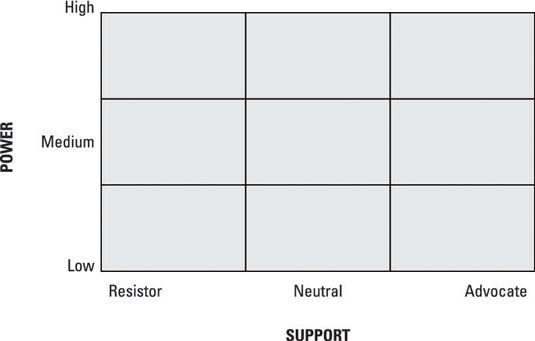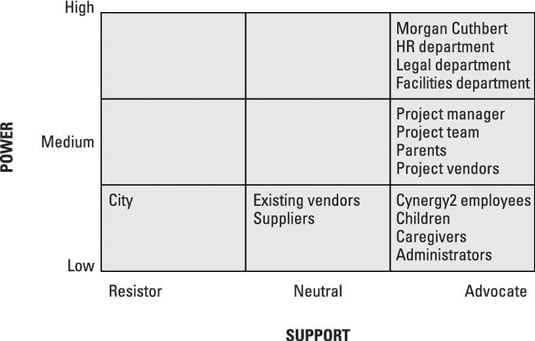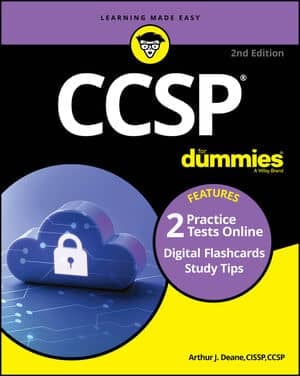For the PMP Certification, it’s important that you understand which stakeholders are influential, which are concerned, and which can help or harm your project and are necessary to help you develop strategies to maximize the influence of project supporters while minimizing the influence of resistors.
Not all stakeholders have the same degree of influence on your project. Furthermore, not all stakeholders care that much about your project. Some stakeholders will be affected positively by your project and others negatively.
The three steps to analyze stakeholders are
Identify stakeholders.
This initial step includes identifying and recording stakeholder roles, interests, influence, and expectations. After you identify and record information about the most common stakeholders, you can expand the list by interviewing the identified stakeholders to uncover additional stakeholders.
Classify stakeholders.
Classify stakeholders based on the potential degree of support, influence, and power they have on the project.
Assess support.
Consider how each stakeholder would react in various situations. Then determine the best way to influence them to enhance their support for your project and minimize any negative influence they might exert.
One way to consolidate stakeholder information is to create a grid that maps stakeholder positions across two variables. Say you want to figure out who has the most influence and who is the most supportive of your project. You can create a Power/Support grid. You analyze stakeholders to determine whether she is an advocate, neutral, or a resistor and whether she has a high, medium, or low amount of power.

The PMBOK Guide shows an example of a Power/Interest grid. The grid in the PMBOK Guide is a 2 x 2 grid, and this one is 3 x 3. Point being, you can create any kind of grid, depending on what you think is best for the project, but the overall goal is to develop a strategy for managing stakeholders and for planning your project communications.
Resistor: A resistor actively and vocally does not support your project. He can cause disruption to your project and take up your time in trying to work with him. You want to find ways to show the resistor the WIIFM (What’s in it for me?) in supporting your project. You may also try to find ways to minimize his influence on the project.
Here’s an example: A resistor for the childcare center may be an employee without children who would rather see the space used as a workout area.
Neutral: A neutral stakeholder doesn’t support or detract from your project. Ideally, you want her to support your project, but she won’t do any real harm by being neutral. A neutral stakeholder for the childcare center might be someone without children who doesn’t care whether there is a childcare center on-site.
Advocate: An advocate is actively and vocally in favor of your project. Try to find ways to encourage him to voice his support and try to maximize his influence. An advocate for the childcare center could be someone with one or more children who will use the center and is thrilled to have quality daycare nearby.
Using the list of stakeholders you have identified, you can then plot them on a Power/Support grid.

The childcare center scenario is an unusual situation because there are few resistors. In most projects, you will usually have at least a few. For example, a resistor could be someone who likes the status quo and doesn’t want change. In the case of a childcare center, though, which will improve the quality of work-life balance, not too many people will likely speak out against it.
You might disagree with some of the placement of stakeholders on this grid. In the real world, the project manager and the team would discuss the placement and work together to come to consensus on the placement and the correct strategy.
Another way to categorize stakeholders is to analyze the types of role they have on the project:
Driver: A person who has the authority to determine the direction of the project and make decisions that affect the project. Morgan Cuthbert is a driver for the childcare center.
Supporter: A person who provides assistance or resources used by the project to meet objectives. Department managers who are providing team members to work on the project are supporters.
Observer: A person who does not interact with, or directly influence, the project. The janitorial services vendor is an observer.
This information is entered into the stakeholder register along with the information from the Power/Support grid.
You may see different names for the stakeholder grid. For example, interest/influence, interest/support, power/interest, and so forth. The important point is to understand the variables that are being assessed.

